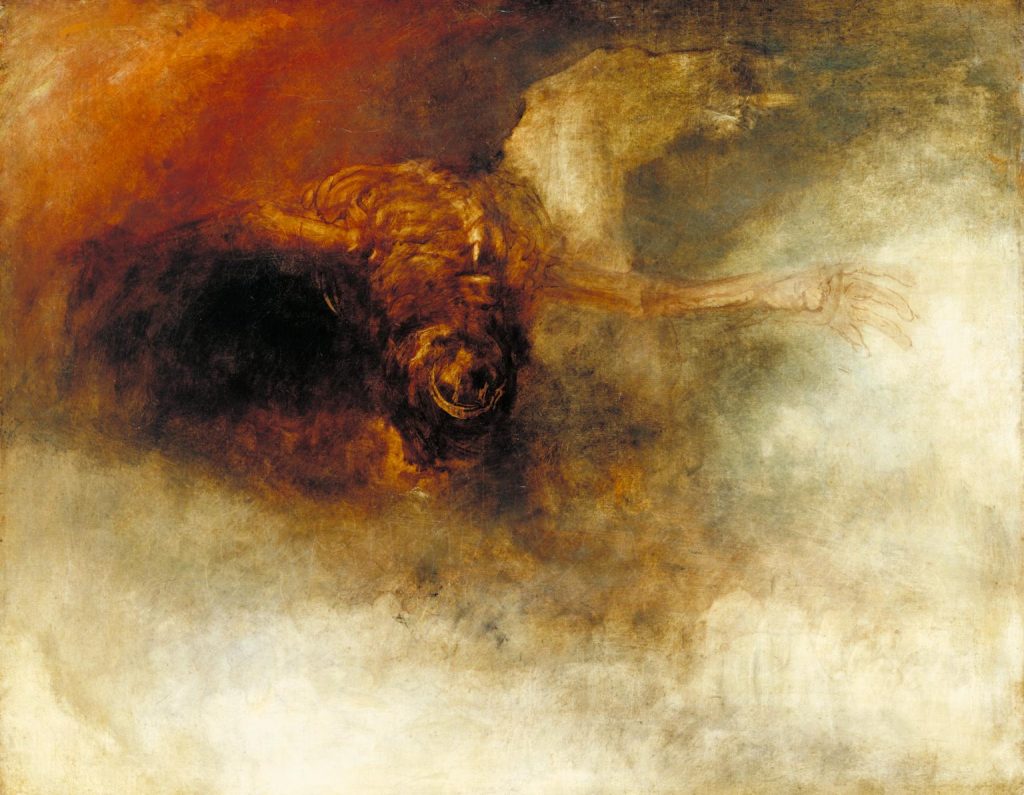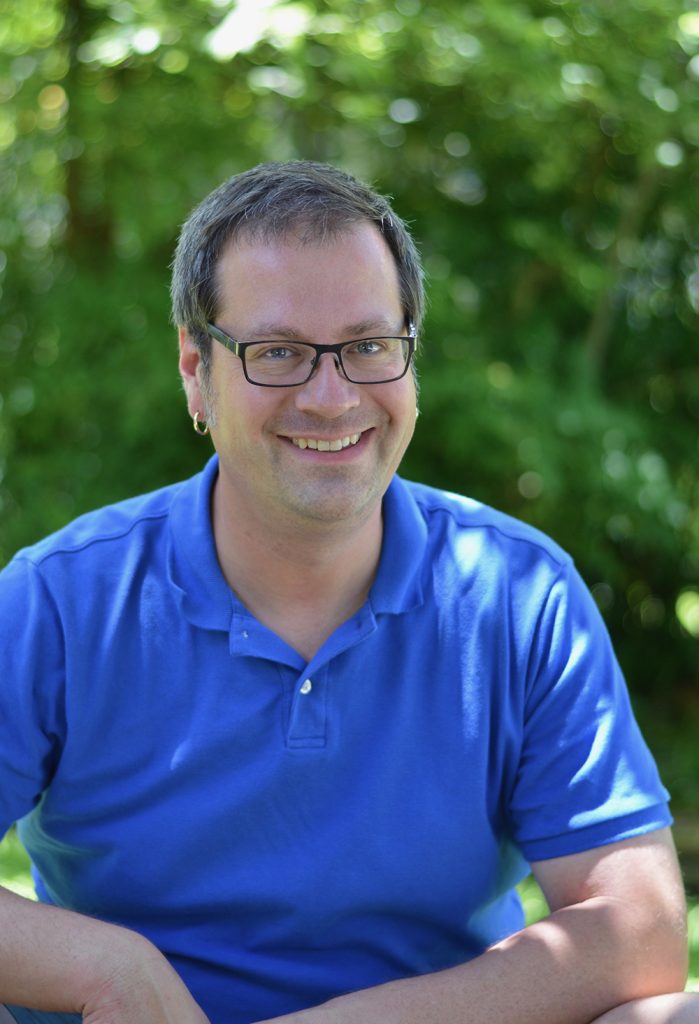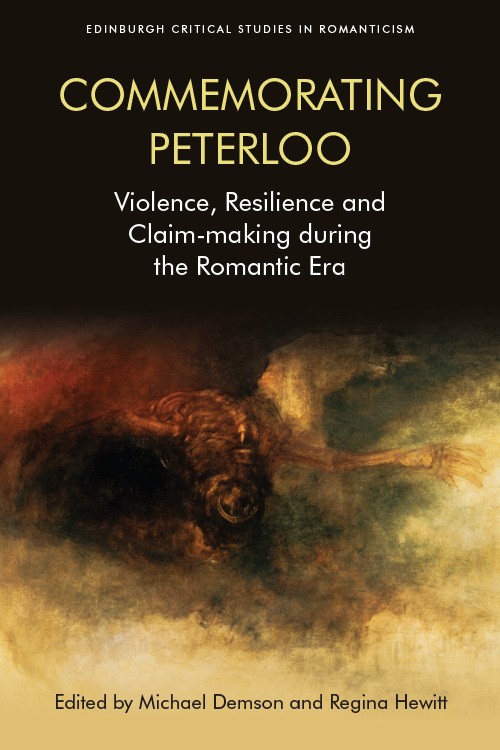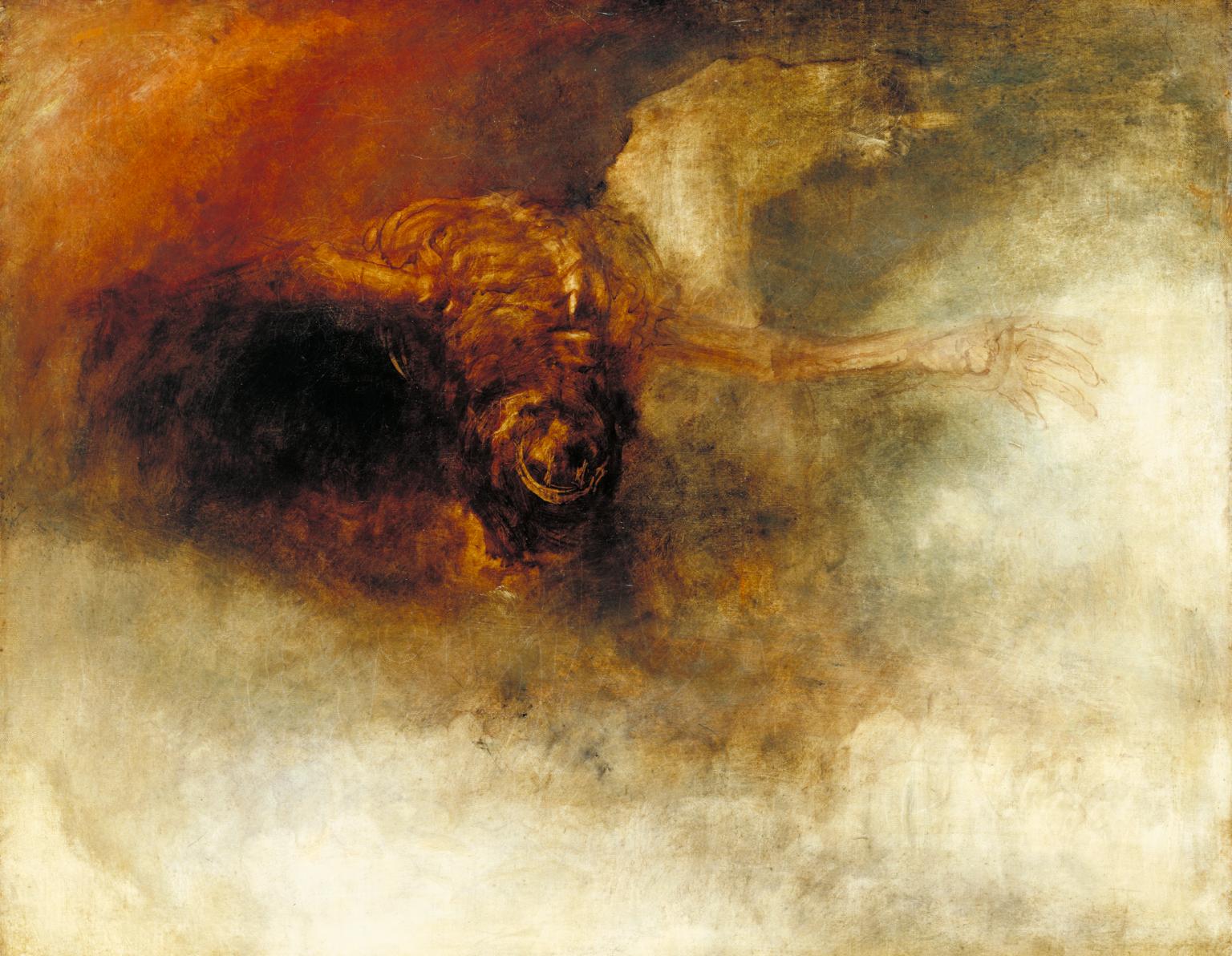
By Michael Demson
In anticipation of the bicentennial this August, Regina Hewitt and I collaborated to bring together a collection of essays by literary scholars on the 16 August 1819 massacre of political protestors in St Peter’s Field, Manchester—dubbed ‘Peterloo’ soon thereafter by a radical Mancunian journalist—and, more broadly, on how the state violence of the era was met by Romantic-era authors. It was important to us that we consider the cultural significance of the violence not only in its immediate impact and local reporting, but also from a broader, international perspective that addressed the episode in a variety of cultural and political contexts. To that end, we invited distinguished scholars from England, Scotland, Ireland, Canada, and the United States, to contribute. Their chapters explore both the obvious violence of that day, as well as the more invisible, systemic violence that shaped daily life across Britain and beyond. While such a topic might seem bleak, each one of these essays reminds us that the call to respond, to resist, and to defy state violence, to insist on being heard, on being included, on calling out corruption wherever detected is a spirit that so many Romantics celebrated, and it is that spirit we commemorate two hundred years later.

There is much commemoration of this spirit this year. Mike Leigh released Peterloo, a feature film, Robert Poole’s Peterloo: The English Uprising (Oxford University Press), which is being hailed as a ‘definitive account,’ will be published in September, and there are a host of conferences, to identify but a few celebrations. I participated in the ‘Resistance in the Spirit of Romanticism’ conference held at the University of Colorado Boulder in September of 2018. The symposium, organized by the UCB Romanticism Collective in conjunction with the Romantic Bicentennials Project (itself a collaborative endeavor of the KSAA and the Byron Society of America) asked participants ‘to think both about the spirit of resistance in the Romantic period and the ways it informs liberation movements today.’ Flying home from that conference, I was struck by my renewed appreciation for the power of assembly and collaboration. The International Conference on Romanticism is holding their annual conference in Manchester this summer, with keynote events on Peterloo, and shortly thereafter, the North American Society for the Study of Romanticism will be held in Chicago, where some of the conversations carried on in our volume will be discussed further across several panels, discussions first inspired by that transnational spirit of resilience voiced by those who decried Peterloo 200 years ago.
The volume opens with a series of chapters that explore radical culture of the early 1820s. Stephen Behrendt’s chapter illustrates the extent to which British culture was perplexed by social violence in the early 1820s. Fred Burwick explores how the popular theatre after Peterloo was eager to address repression and denounce violence. Ian Haywood explores the violent soundscape of Peterloo and, in particular, how the people’s ‘voice’ was projected, and then silenced. In a similar turn from the verbal to other displays of resistance, Murray Pittock demonstrates how reformers took advantage of the ‘unprosecutable’ politics of colour in ‘muted sedition.’ John Gardner argues that radical authors redirected their calls for reform, coded their political activity, and rallied together, in attacks on the Church.
If accounts of Peterloo typically contextualize the event in relation to regional or English history, this volume takes account of still broader contexts in the ensuing chapters. Gerard Carruthers discovers the connections between Peterloo and the Scottish insurrection of 1820 in the Scottish conservative responses to repressive state violence. Jim Kelly details how Peterloo immediately was understood in Ireland as yet another incidence of disproportionate repressive violence, akin to those that had come to define Irish history under English rule. Michelle Faubert investigates the reception of the news of Lord Castlereagh’s, suicide in 1822, who was himself Irish and who had been instrumental in suppressing the Irish Rebellion of 1798. And, Katie Castellano explores the influence of the radical leader who was noticeably absent from Peterloo: William Cobbett.
The final three chapters turn to major figures of the period. Vickie Myers explores how Bentham’s writings around the time of Peterloo recognized the systemic violence entailed by judicial and electoral corruption. Michael Scrivener reminds us that the intellectually rich debate of the past three decades about themeaning of Shelley’s The Mask of Anarchy—nonviolent, insurrectionist, Godwinian, aestheticized fantasy, contradictory, ambivalent, oratorical, interventionist, future-oriented, unpublishable—indicates how important the poem remains for so many of us. Philip Shaw concludes this collection with an exploration of William Wordsworth’s Duddon poems, which, he argues, are an overlooked response to national instability in the post-Peterloo era.

Michael Demson is an Associate Professor and Director of the MA Program in English at Sam Houston State University in Huntsville, Texas, where he teaches course on Romanticism, World Literature, and Literary Theory. His research explores the intersections of Romantic literature and radical culture.

Commemorating Peterloo: Violence, Resilience and Claim-making during the Romantic Era published June 2019 by Edinburgh University Press.





